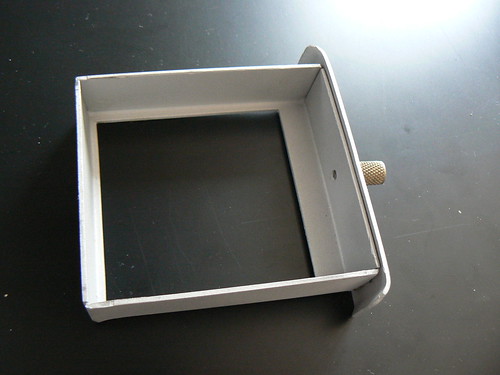Hi, as per my other thread i want some B&W filters.
Below is a pic of the enlarger and the filter tray, do you
have any suggestions as to what filters and size
The tray is 7.2cm / 8.0cm

Gamer Enlarger

Filter Tray
Below is a pic of the enlarger and the filter tray, do you
have any suggestions as to what filters and size
The tray is 7.2cm / 8.0cm

Gamer Enlarger

Filter Tray
Last edited:


